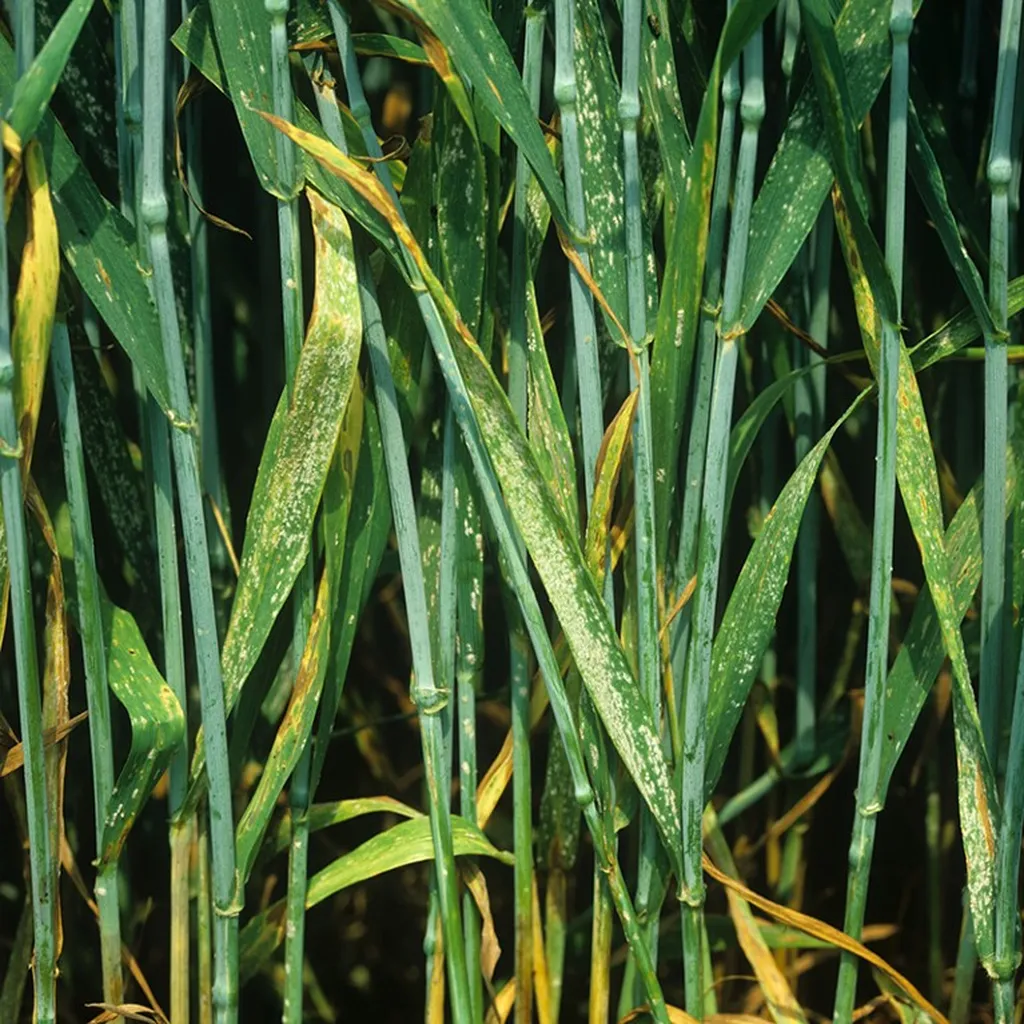In the heart of China’s Chongqing municipality, researchers have uncovered a genetic key that could potentially revolutionize loquat cultivation and, by extension, the broader agriculture sector. The study, led by Shunyuan Yong of the Key Laboratory of Agricultural Biosafety and Green Production of Upper Yangtze River at Southwest University, has identified a gene, EjBCM1-like, that plays a pivotal role in chlorophyll accumulation during loquat leaf development. Published in the journal ‘Industrial Crops and Products’, this research offers a promising avenue for enhancing crop yield and quality.
Loquat, an economically important evergreen fruit tree, is not just a source of delicious fruit but also a vital resource for studies on stress resistance, disease resistance, and medicine. The leaves of the loquat tree are the primary site of photosynthesis, providing the necessary nutrients for fruit development. Understanding the genetic mechanisms behind leaf development is, therefore, crucial for improving loquat cultivation.
The researchers established characteristic morphological indicators for each developmental phase of loquat leaves and generated a high-precision transcriptome dataset. This dataset revealed that the gene Eja14G002720, now designated as EjBCM1-like, is involved in leaf development and is light-responsive. “This gene encodes a CAAX-box protein that is a homolog of Arabidopsis thaliana AtBCM1,” Yong explained. “Its functional characterization demonstrated a critical role in chlorophyll accumulation during loquat leaf development.”
The study also confirmed that EjBCM1-like is a novel target gene of EjHY5, a finding that was confirmed through an electrophoretic mobility shift assay (EMSA). Further dual-luciferase and yeast one-hybrid (Y1H) assays indicated that EjHY5 and EjGLK1 bind to the promoter of EjBCM1-like and regulate its expression. This discovery provides valuable and precise transcriptomic resources for investigating leaf development in loquat and enhances our understanding of the regulatory network underlying chlorophyll metabolism.
The commercial implications of this research are significant. By understanding and manipulating the genetic mechanisms behind chlorophyll accumulation, farmers and agricultural businesses could potentially enhance crop yield and quality. This could lead to increased profitability and a more sustainable agriculture sector. Moreover, the insights gained from this study could be applied to other crops, paving the way for a new era of agricultural innovation.
As we look to the future, this research could shape the development of new breeding techniques and agricultural practices. By harnessing the power of genetics, we can create crops that are not only more productive but also more resilient to environmental stresses. This could be a game-changer for the agriculture sector, helping to meet the growing demand for food while also promoting sustainability.
In the words of Yong, “This study provides a foundation for future research on leaf development and chlorophyll metabolism in loquat and other crops. It offers a promising avenue for enhancing crop yield and quality, which is crucial for the agriculture sector.” With this newfound knowledge, the future of agriculture looks brighter than ever.

